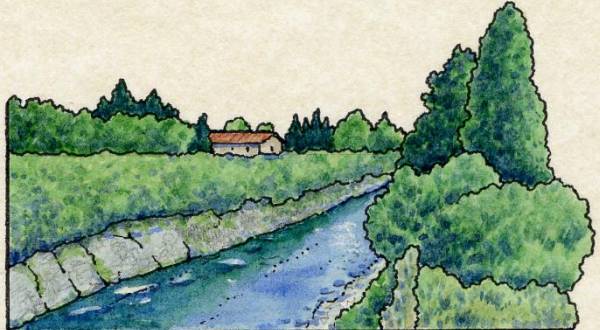Description

The river Olona comes up even today,
on the basis of each type of data available on the quality of its water, like a
river decidedly polluted. Even the eyes and nose suggest that the river, the excretory
system of the landscape, is seriously ill. For several decades it is no longer able
to carry out their functions to dispose of the floods, to purify and support a complex
biotic community.
As the human body is equipped with an excretory system that allows the
elimination of waste products, the landscape needs of an apparatus with purifying
function, this function is performed by crossing rivers that they collect the
waste to ensure their degradation by mixing and subsequent oxygenation.
If a malfunction of the kidneys is the result of several ailments and sufferings
for one person, the same way a bad state of a river, Olona in our case, is a
further cause of the poor state of health of the landscape.
The smell and the dark color of its waters, the lack of naturalness of the
banks and the urbanization of areas perifluvial are only the most visible
aspect of this degradation. ll not perform its functions (dispose of floods, purify
water and support a complex biotic community) is instead the more serious harm.
The recent reappearance of fish, a framework agreement Region Municipalities-called
Contract of the river and the establishment of Plis Mills bode well for an
improvement of the state of health of the Olona River and the territory it is
rolled through.









